With the shops running low on salad crops and rationing supplies, there’s never been a better time to think about growing your own. With a small amount of effort and attention, you could soon be enjoying a more interesting range of leaves that are fresher and taste better than anything you could buy in a shop, and without a supply chain issue in sight.
How to grow salad leaves
For the widest choice of what to grow, start with seeds. You'll find a good range of choices available from the main seed suppliers.
Sprinkle seed sparingly on the surface of a pot or seed tray of good compost, gently but firmly compress down (tamp) the surface to make sure the seed is nicely in contact with the soil, water gently and wait for germination.
Once the seedlings have grown their first full set of leaves (beyond the first two seed leaves), they can then be moved to their final growing position – whether that’s in a veg bed, a window-box or a large pot, depending on your set up.
For more advice on sowing seeds, head to our detailed guide to planting seeds.
Alternatively, you can fast forward to the seedling stage by simply buying a couple of trays of plug plants from your local garden centre. You might not have as much choice of what to grow but these can be planted straight out into their final position. Just firm the soil gently around them and water in well.
Top salad leaves to grow
Of course, before any of this you need to decide what you’re going to grow. Here are a few suggestions to get you started. Just a handful of these will give everything you need for a salad that will add real pep and flavour to your meals.
Basil
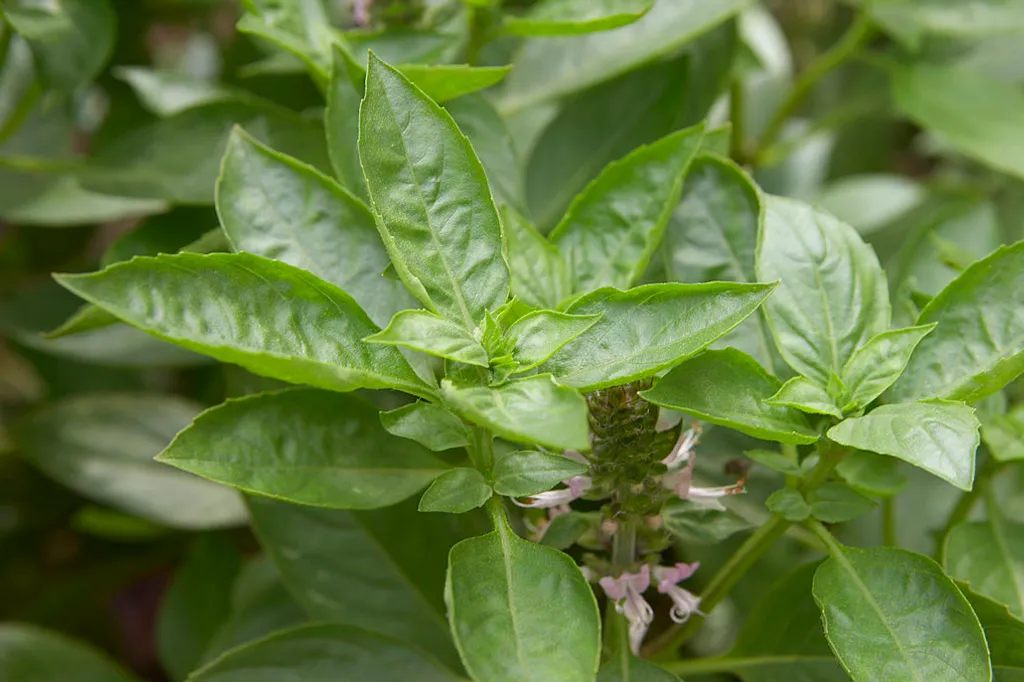
Sun-loving basil needs as much warmth as you can give it in order to thrive. A good size on a sunny windowsill or doorway is perfect. The plants can be slow to get going in our cooler climate but will soon romp away. As with so many salad crops, regular picking is key to keeping the plants fresh and productive. Make sure to pinch out the flower buds too so the plants don’t run to seed.
Here's how to make home made pesto
Beetroot
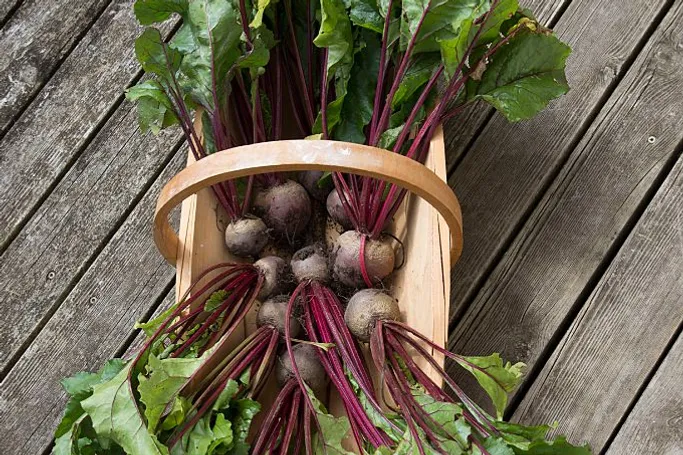
Beetroot will happily grow in your veg bed or in a large pot. The virtues of these root veg, of course, are well known – picked when golf-ball sized and steamed or roasted, there is little more delicious – but the leaves should not be overlooked, adding colour and a rich earthy flavour to the salad bowl. If growing from seed, cover the pot with fleece to speed up germination. I like to sow small amounts at intervals to guarantee a steady supply throughout the spring and summer.
Here's a lovely recipe using beetroot
Chives

All the delicious onion flavour without the acidity and unwelcome side effects. Chives, like beets, also offer two for the price of one – the flowers are not only beautiful, but they are also delicious to eat, and their pale mauve colour looks so pretty against the green leaves. Look for pots of young plants in the garden centre as they are slow to grow from seed, and add a little grit to the soil as they like it free draining.
Coriander
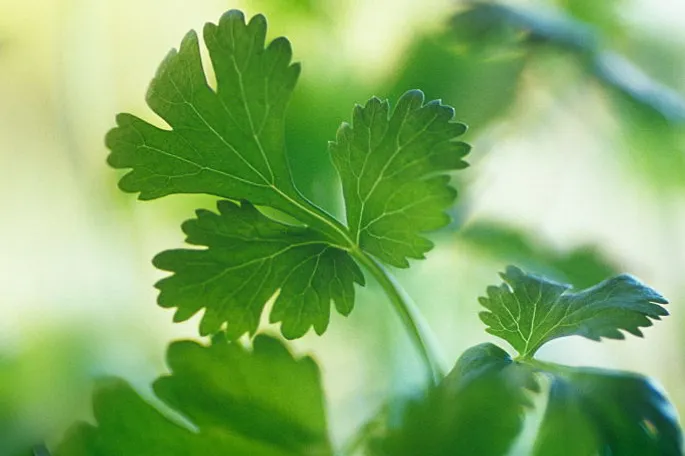
Versatile coriander is indispensable in my kitchen and extremely easy to grow from seed. I sow once a month through spring and summer. Despite their delicate appearance the plants are winter hardy, but you will need to get them started while the weather is still mild. Even the most diligent of pickers will struggle to stop this one running to seed, but don't despair – you can eat the flowers and of course use the deeply fragrant seeds themselves as a spice. I love a little in my salad dressing.
Dandelion
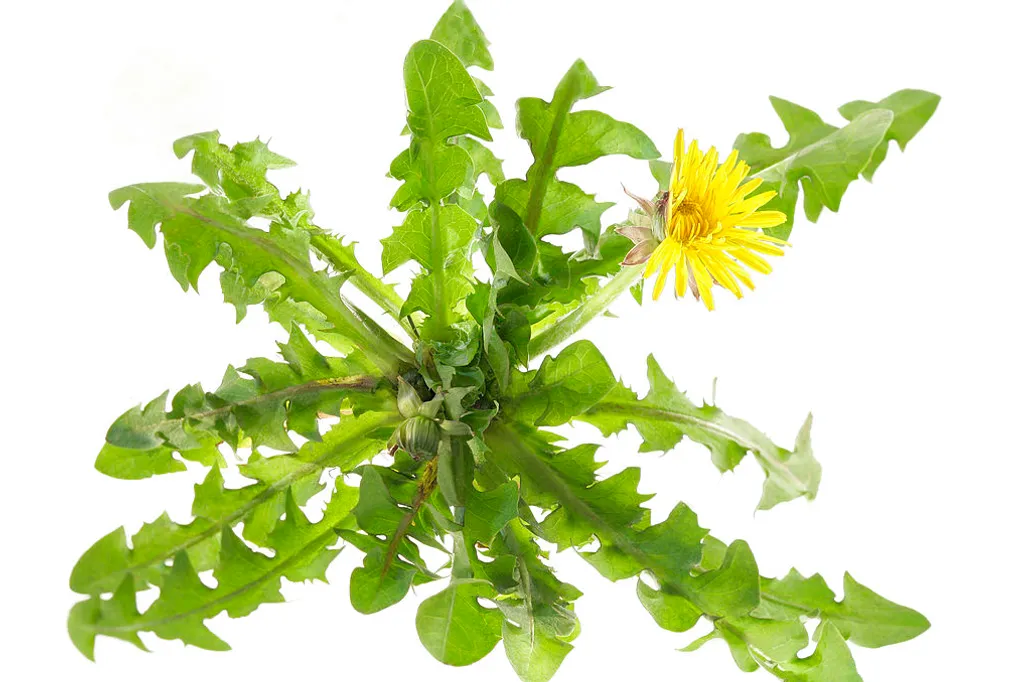
Often dismissed as a weed, dandelion is an excellent and highly nutritious salad green, bringing a welcome edge of bitterness to the bowl. It’s also hardy, so ideal for year-round growing – and eating. I have it both in pots alongside other crops such as tomatoes and in the ground. Easy to cultivate from seed, it will also self sow.
Here's how to make dandelion flower honey
Lettuce

The backbone of any good salad, a decent supply of lettuce is one of life’s great affordable luxuries. The beauty of growing your own is the sheer variety in terms of colour, texture and flavour. Try my new favourite ‘Cerbiatta’, with its striking oak-shaped leaves, or the classic ‘Little Gem’. If you’re growing from seed, sow every three or four weeks; if you’re using plugs, just plant out another tray. The wider availability now of winter varieties means this is a truly year-round crop. Just watch out for slugs in the colder months – I like to use beer traps to keep them under control.
Parsley
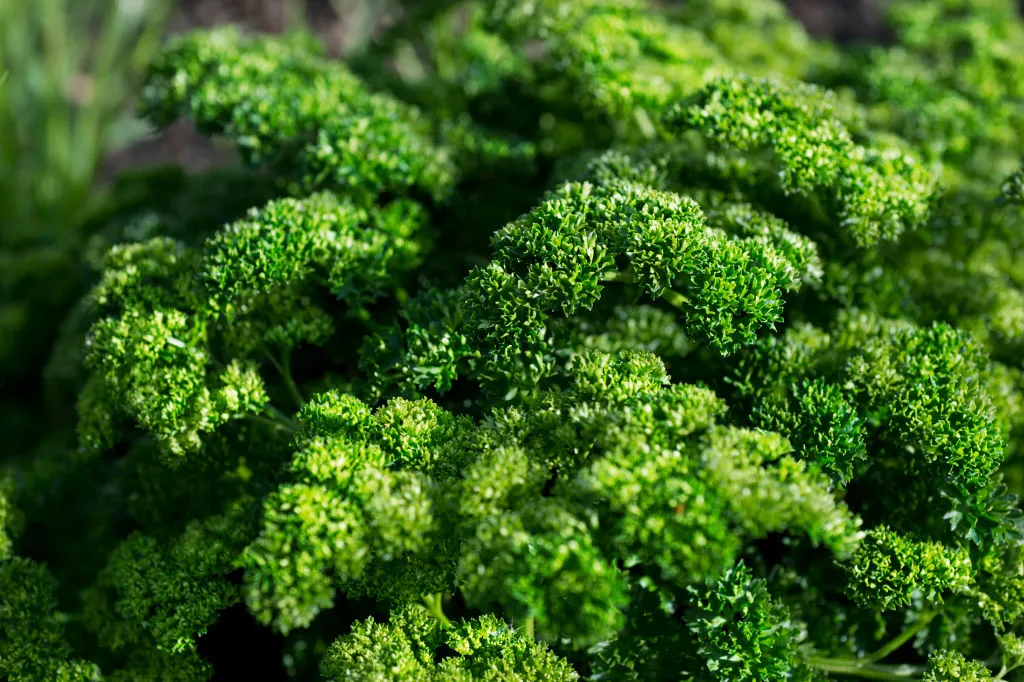
Parsley is one of the most useful crops you can grow and will provide a burst of fresh green taste all year round. The curly variety has rather fallen out of fashion lately, but I find it best for winter flavour. The easiest way to get started is with seedlings from the garden centre. Plant out into a large pot and keep well-watered to stop them running to seed too quickly – although note the seed has a delicious flavour, both raw and cooked.
Rocket
I sow wild rocket – my favourite form, with the most intensely peppery leaves – in the cracks of my paving. It thrives here, the odd extra sprinkle of seeds every so often enough to keep me in leaves throughout the year. This gives you a clue as to the conditions it likes – free draining, as befits its Mediterranean background. Rocket flowers are edible too, as are the seeds – or of course you can just sow more.
Sorrel

By the middle of the winter most of us are desperate for some fresh greens to perk up our dinner and help keep colds and flu away. Look no further than sorrel. Hardy, refreshingly tart and packed with vitamin C (as well as vitamin A and many of the Bs) it is wonderful in soups and tarts, as well as adding a citrus zing to salads. Buy a young plant from the garden centre and dig it up and split it every few years to refresh the plant and increase your stocks. When it runs to seed in the spring, simply cut it back, dress with organic matter, water, and wait for fresh leaves to appear.
And finally…
If you really don’t have space to grow anything but still want to add a nutritious boost to your diet, try sprouting seeds – I tend to buy a pack that includes a mix of lentils, beans and pulses for a good range of flavours. Other options include broccoli, radish or alfalfa seeds. Make sure you buy an organic choice, then soak the seeds thoroughly, rinse and place in a jar in a warm place – a windowsill is ideal. Keep rinsing and draining until they start to sprout, then add a handful to your salads for a burst of nutty goodness.
For all our recipes, that can be made using home grown ingredients, head to our recipes hub
